Comparing student fashion fads from South Carolina to Leeds: do all edgy nonconformists now look the same?
Since returning from my study abroad adventure in South Carolina and delving into a whirlwind schedule of final-year studies at Leeds, I’ve started to appreciate certain aspects of British university culture in a new light.
While the edgy Leeds phenomenon is nothing new to me, coming back to campus after a year away has made the grungy, vintage, second-hand look seem even more distinct than ever.
For anyone who hasn’t stumbled across what it means to be edgy in Leeds, all you have to do is (look out the window) or Google ‘edgy Leeds’ to get the gist. There you’ll find numerous news articles by The Tab and The Gryphon mulling over the trend, and the Twitter accounts of ‘edgy girl’ and ‘edgy boy Leeds’, tweeting utter gems like:
The nucleus lying at the core of the stereotype is a student dressing exclusively in vintage, second-hand clothing, wearing hand-made jewellery, (preferably accumulated from gap year travels) travel pants from India, oversized jumpers, Nike Air Max, stuff with holes in, (both deliberate and accidental), oversized scrunchies, chokers, and championing a refined taste for house music and borderline club nights the rest of us mainstream cattle haven’t a hope of knowing about.
The edgy look couldn’t offer a sharper contrast to the nature of college fads back in Columbia, South Carolina. Fashion trends in the Palmetto state are much more safe, careful, clean-cut and often preppy- as perfectly exemplified by the existence of a Ralph Lauren shop in the University of South Carolina’s student union, a sharp contrast against LUU’s in-house charity shop.
To any valiant South Carolinian hipsters out there: I know you exist, but you must know that to the observances of a foreign visitor, the majority outnumbers you remarkably.
As my year abroad progressed, I realised it wasn’t that the majority of students in South Carolina were simply unafraid of conformity, but that wearing similar items of clothing from the campus sports shop was a deliberate statement of solidarity: a pledge of loyalty to their beloved football team, their university, and their community.
If dressing alike in Garnet and Black is a statement of solidarity in South Carolina, dressing ‘edgy’ in Leeds is West Yorkshire’s irresistible fashion spin-off.
Except- and it’s a drastic exception- the edgy fashion phenomenon appears to make a statement of nonconformity, individuality and distinction rather than unanimity and team spirit, like our friends across the Atlantic.
The ultimate irony of the edgy fad is that so many people have jumped on the bandwagon that some are daring to tout it as ‘mainstream’. The effortless, alternative look that once began as a coveted trend only for those who knew its dark secrets, is coming full circle to create a sea of students treading through campus in swathes of chokers and a sea of oversized denim jackets.
Surely, then- merely by innocent implication- mustn’t mainstream folk like me, who have been ignorant of the edgy fad from the outset, now be considered as truly edgy, wrapped in our block colour New Look cardigans and carrying our trusty River Island Handbags?
Edginess has quickly become an inescapable, polarising identity model. If I happen to like a vintage jumper or go to Flux, all of a sudden I’m accused of trying to imitate the over-saturated fad, whereas maybe, I rather plainly just like that jumper and I’d prefer to join my friends at Flux rather than sit at home on the sofa, agonising over the latent implications of my lifestyle choices amid a headache of conflated edgy-mainstream confusion.
In the diverse society we live in, there are millions of ways to stand out from the crowd. Perhaps the edgy look does have individualistic intentions, but from the outside, it looks as if the outcome has created exactly the conventional, popular and common clothing phenomenon it set out to escape. The edgy innovators that began the trend, now scratching their half-shaved heads in despair, are probably better off moving to Columbia, South Carolina- a hipster’s utopia- where the fashion majority and minority remain strictly separate.

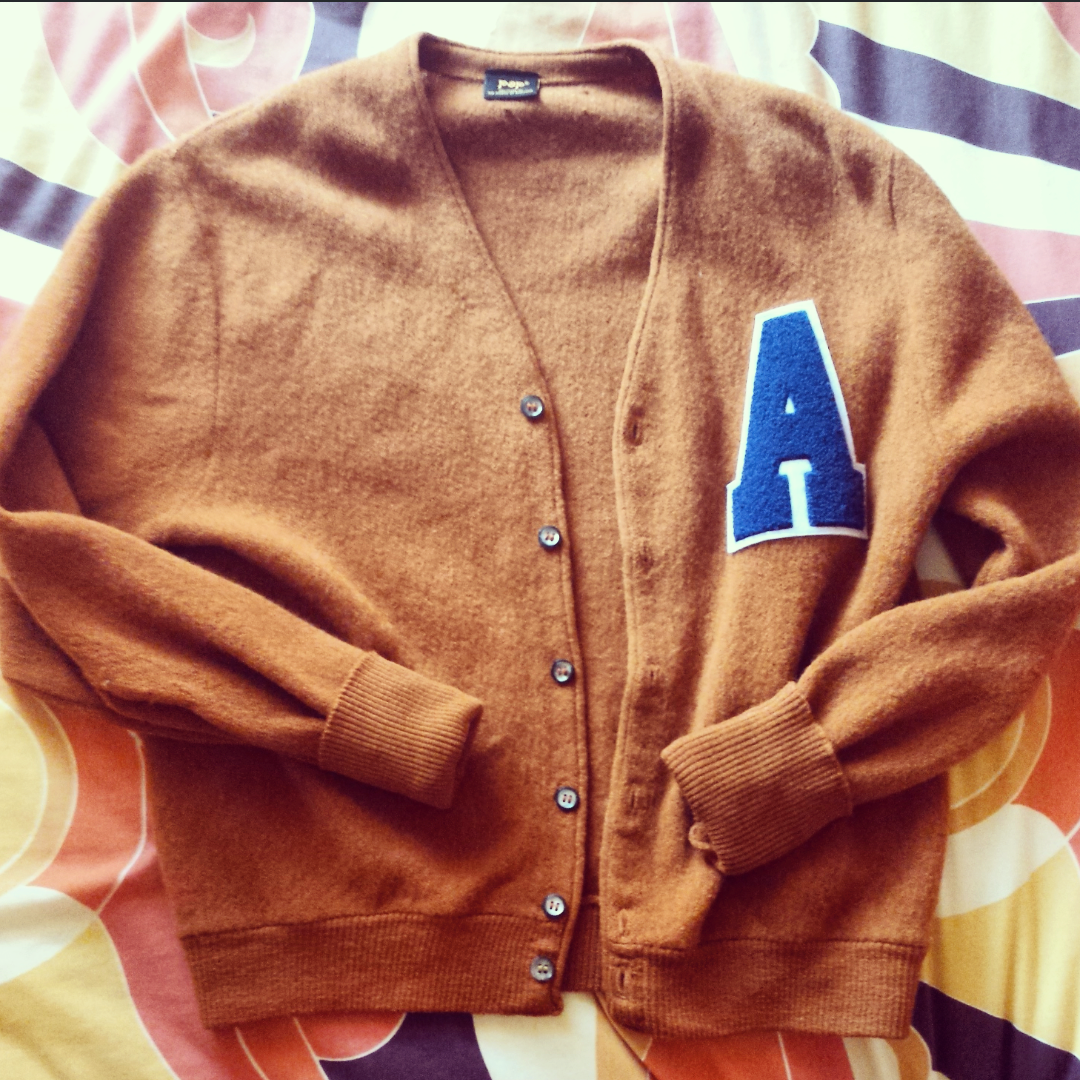

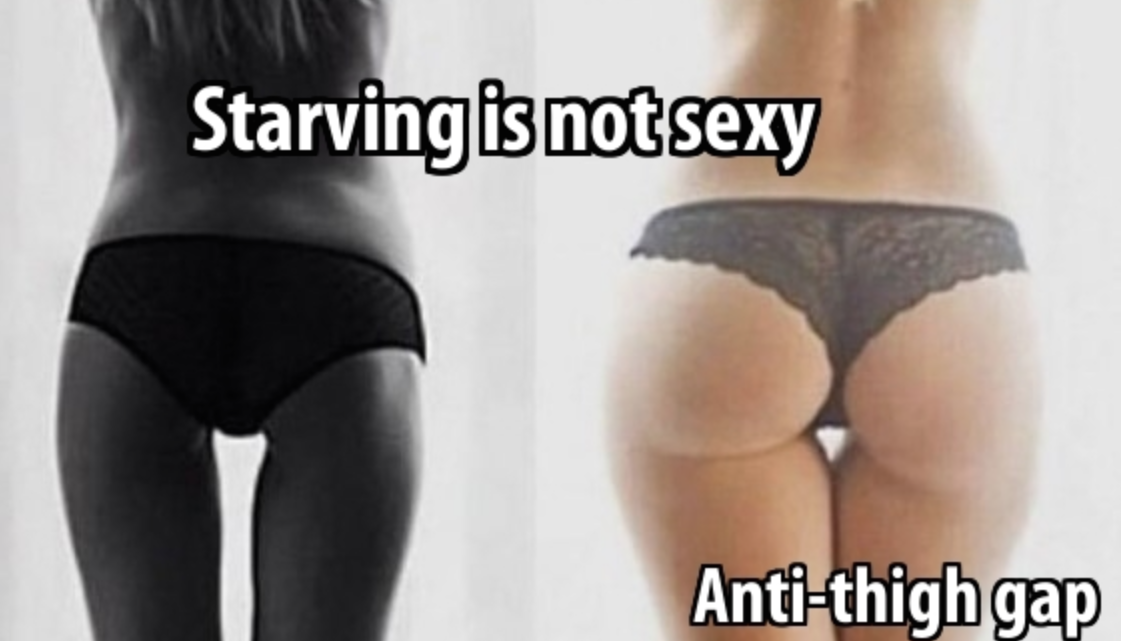
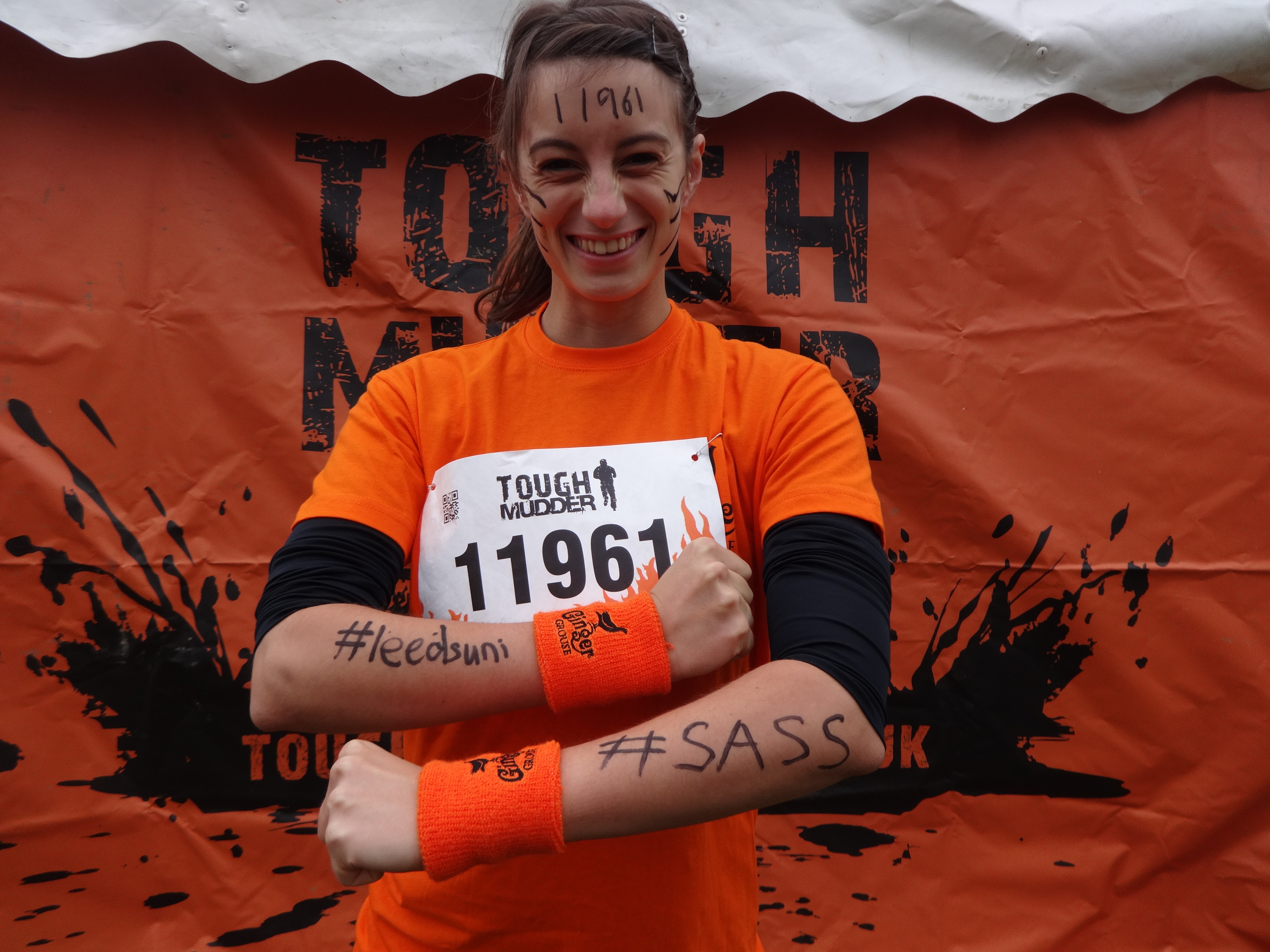


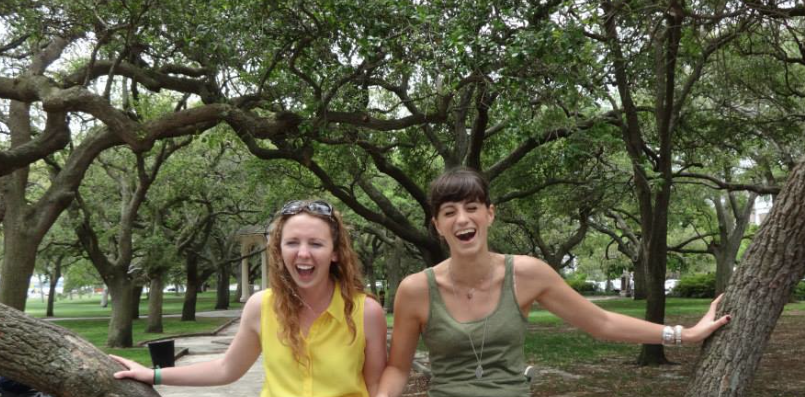



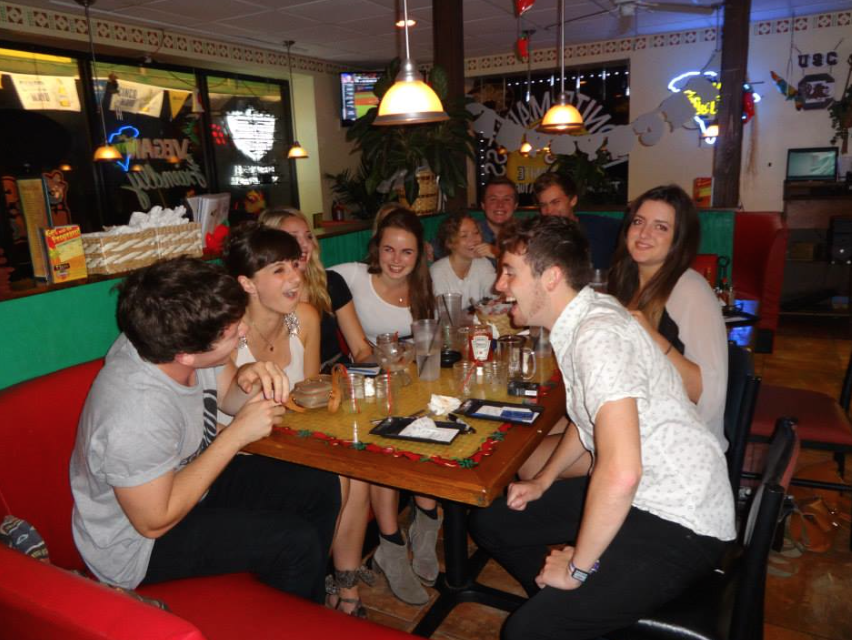



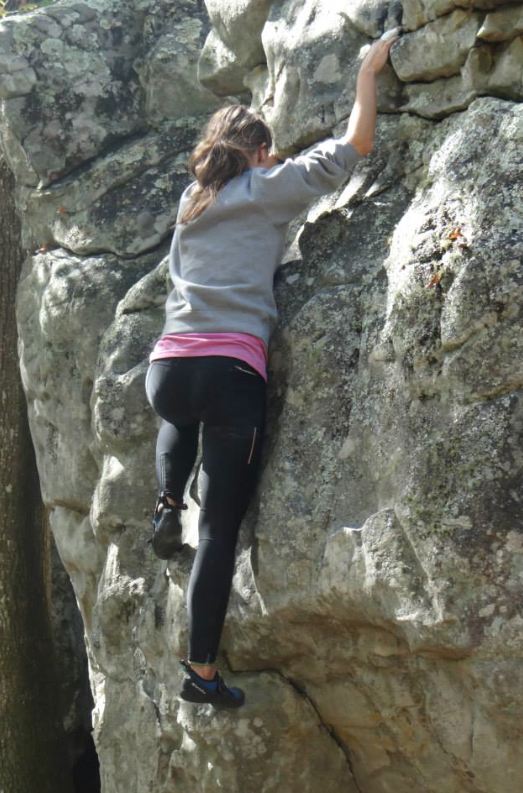

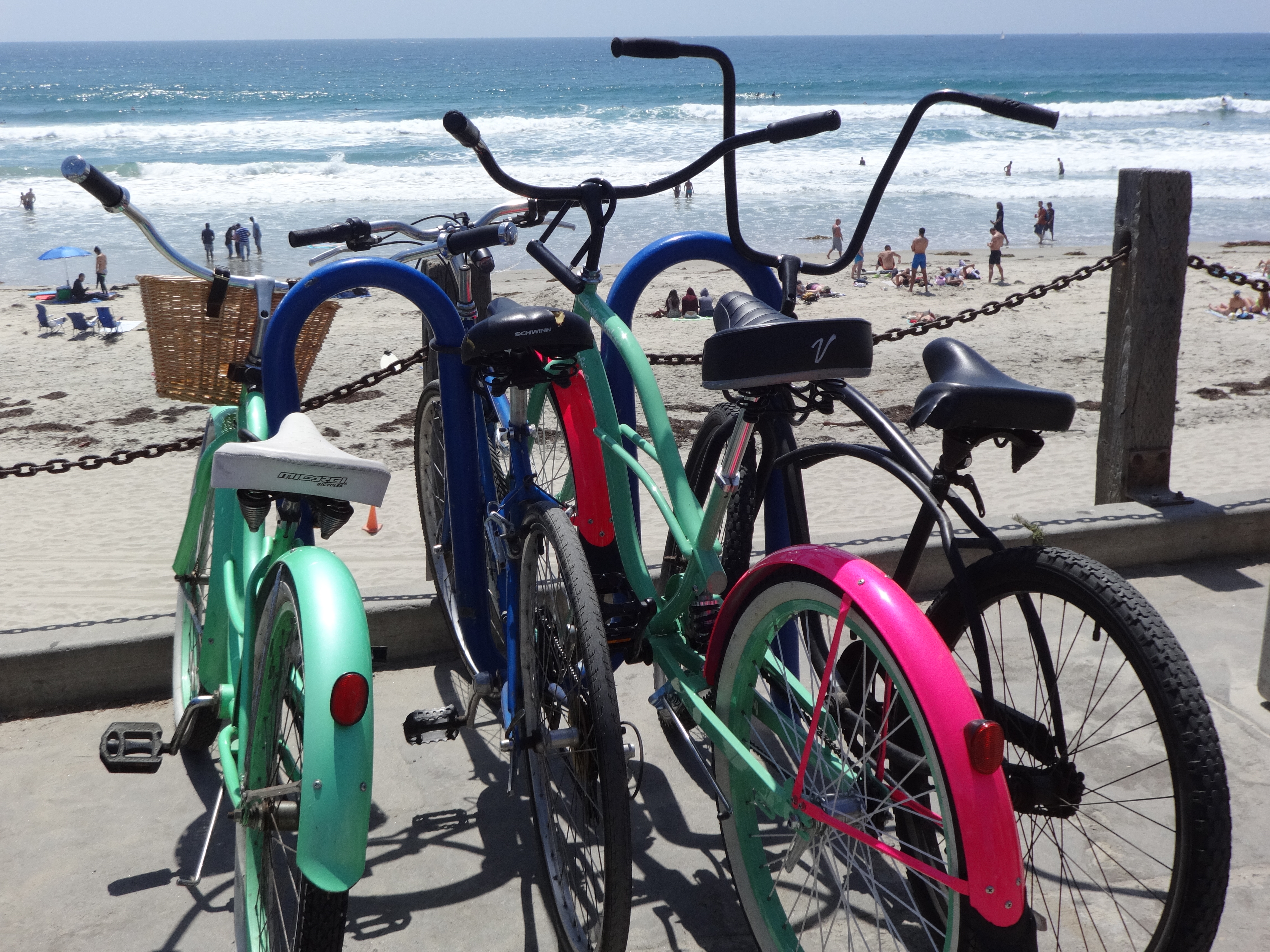


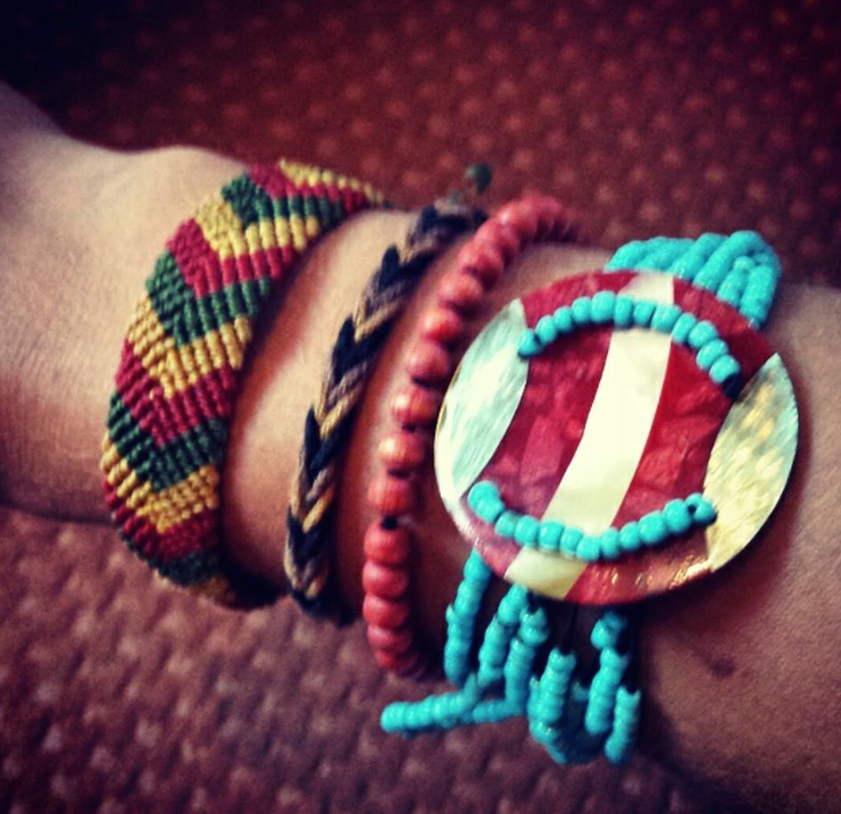




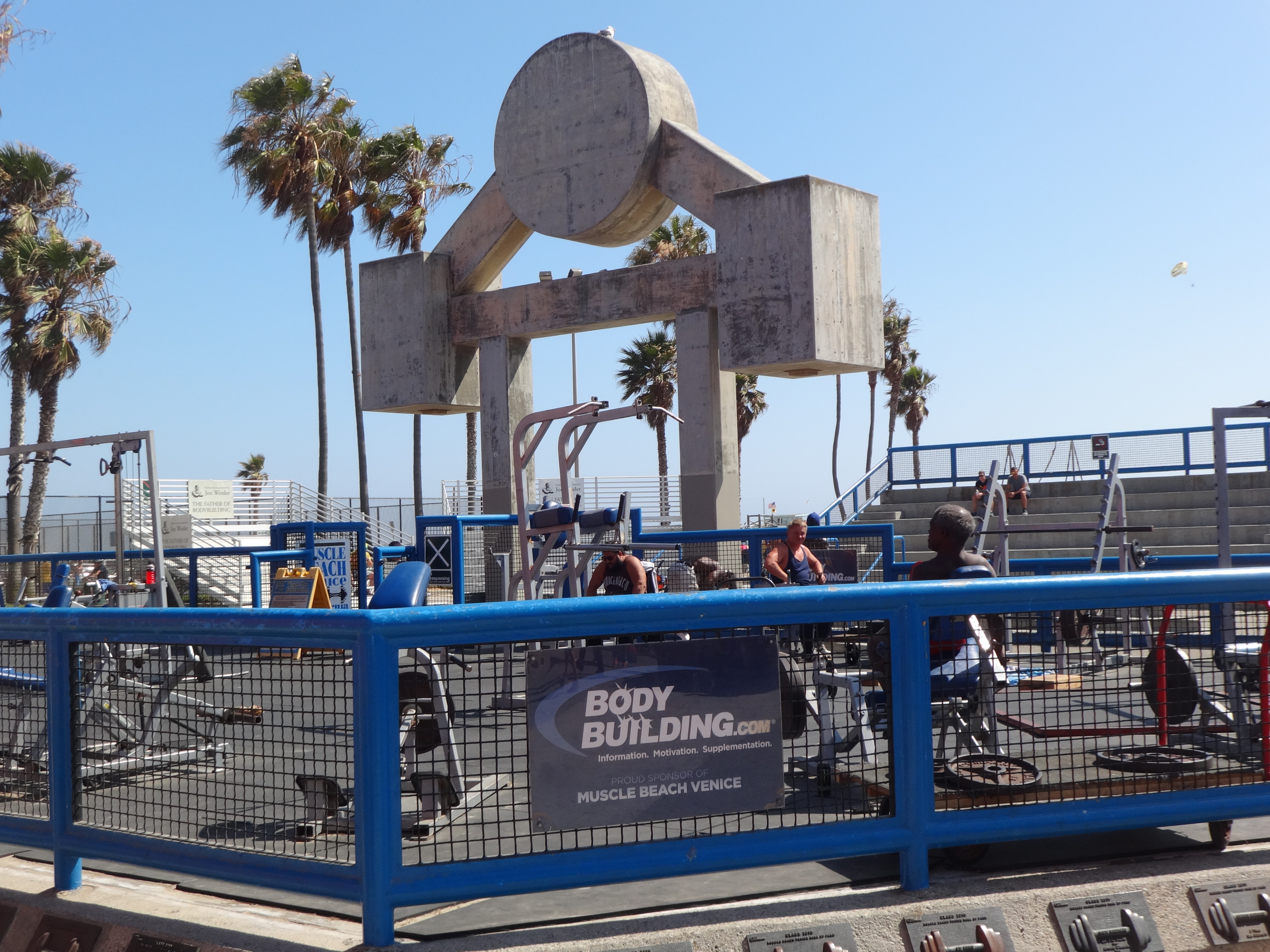






Up-and-coming women’s magazine is turning heads in Liverpool
27 AugAs a long-established blogger and columnist, I’ve managed to pester enough magazines, websites and PR companies to publish my writing over the years. Many students looking to elbow their way in to the blogging world and boost their CVs often ask me for recommendations for who they could submit their work to. I’d like to endorse an up-and-coming women’s magazine in Liverpool that showcases a whole variety of women’s artistic creations.
Heroine Zine’s lovable logo
Heroine Magazine, affectionately known as Heroine Zine, was set up just over a year ago by two creative writing graduates, Abi Inglis and Phoebe Dunnett, both 22, from Liverpool John Moores University. They publish anything that comments on the female experience and explores the history of women’s culture. The duo don’t just publish work from women, though- as they believe that ingenuity and flair are genderless attributes.
Heroine Zine’s Issue 3
What started as a Summer project at university and has grown into a print magazine that highlights women’s creativity, ranging from poetry, prose, photography, art and articles. The duo have enjoyed numerous successes over the past year, from holding open mic nights in the city centre, gaining a loyal band of worldwide subscribers and even hosting their very own festival in Chavasse Park, Liverpool One.
Abi said: “We’re so passionate about Liverpool and all the fantastic creative projects that are happening here. We love to support the women involved in these and help provide a space where they can create and perform.”
The magazine even has ‘manifesta’ of principles that outlines the wholesome ethos of its editors. Phoebe explained: “We feature all types of creativity that celebrates women exactly as they are. We want to be the type of magazine that doesn’t feature airbrushing, body-shaming or product placements. Just creative ingenuity.”
HeroineFest in Chavasse Park, Liverpool One
HeroineFest in Chavasse Park was a particular highlight for the pair, who brought workshops, discussion groups, stalls and live music to the top of Liverpool One. Many other creative women’s groups from the North West attended the festival, including the Lady Parts Theatre Company, Queen of the Track Zine and a female Beatles tribute band, The Beatelles.
Abi said: “We wanted to celebrate some of the awesome women we know in Liverpool and the North West. It was a great day and we got some fantastic feedback from the public.”
“Having HeroineFest take place in Chavasse Park, a very public space in the middle of Liverpool One, really showed us how open and welcoming people were about the idea of having a women’s arts and culture magazine in the city.”
The editors are now taking submissions for issue 4, which will be published in October. To get in touch, visit facebook.com/heroinemagazine or email [email protected]
Share this:
Like this:
Tags: comment, creativity, culture, feminism, fiction, imagination, Liverpool, magazine, poetry, prose, women, writing, zine